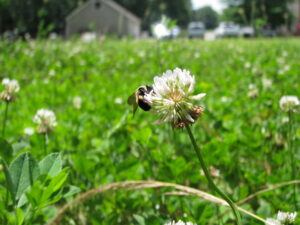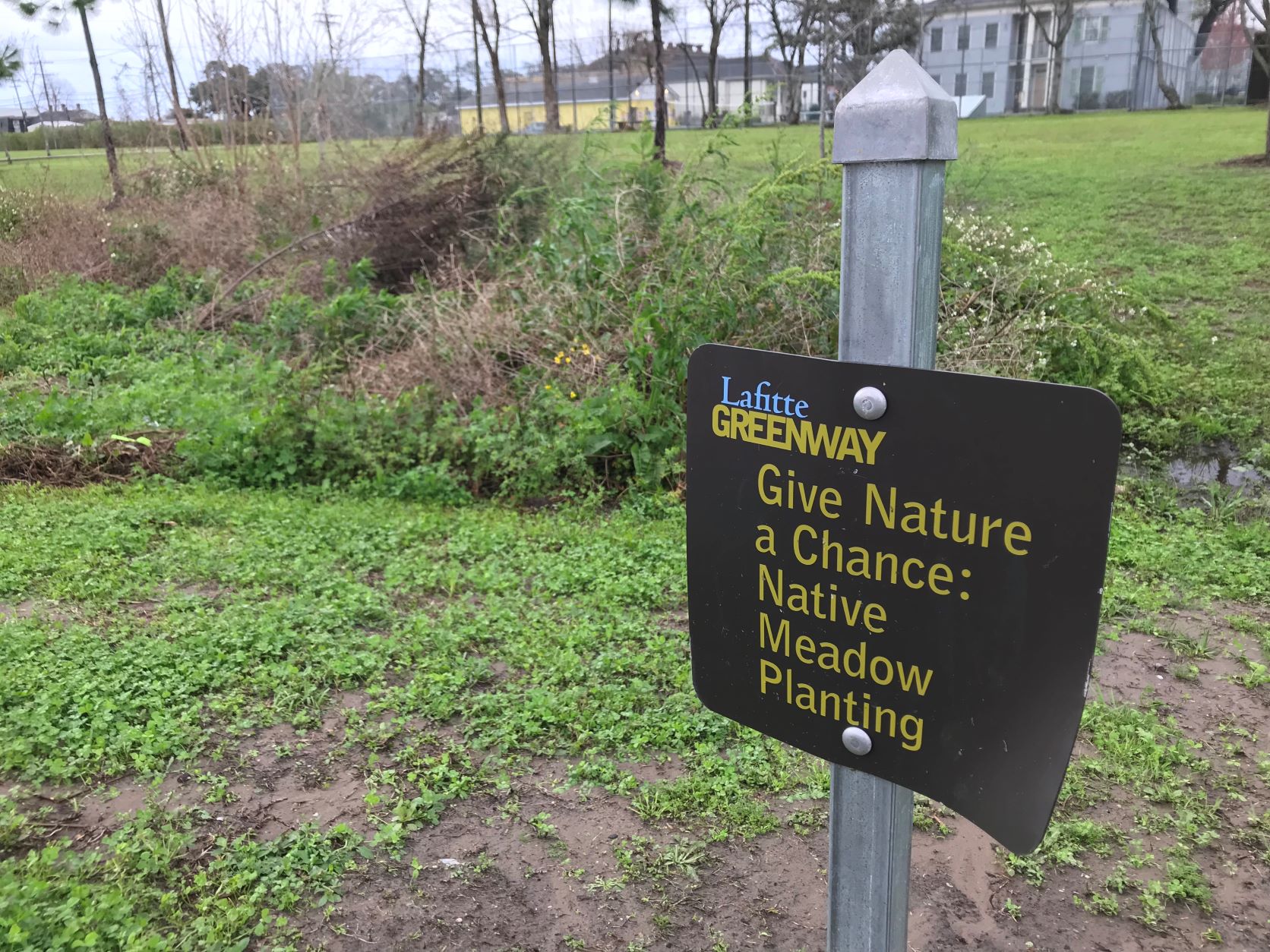Southern Living-Article Follow-Up
By refugelawn, on 03/17/2023
I was reminded of this Southern Living article “The Pros and Cons of a Clover Lawn” (July 15, 2022 by Hallie Milstein) yesterday while answering a homeowner question about including clover in their lawn. As an aside, my mother and grandmother (AKA “Nanna”) are avid Southern Living subscribers–tabletop copies have long been staples on their […]



